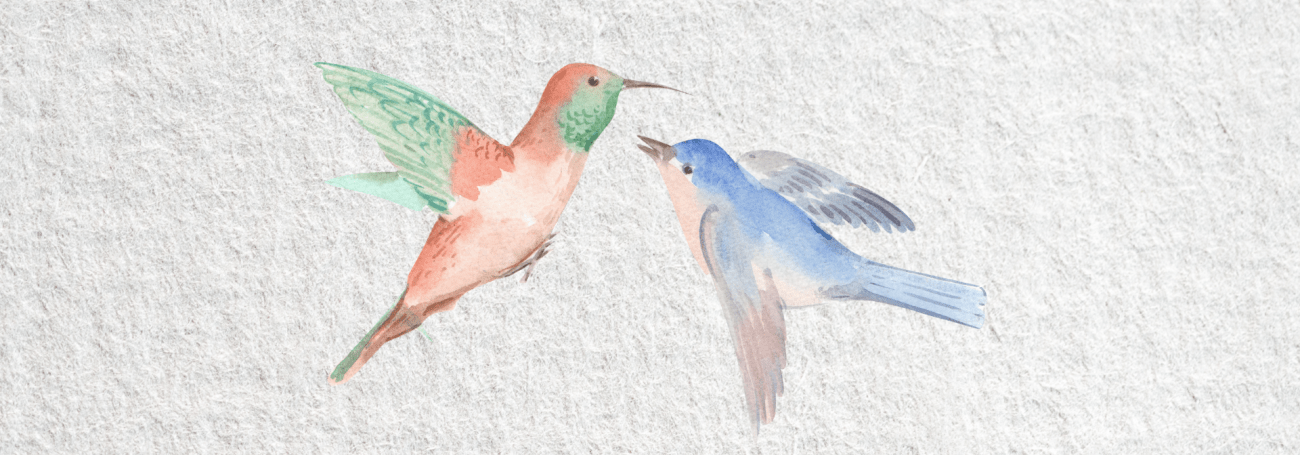Stories
“The day they came face-to-face with the teen who accidentally shot and killed their son, Bradley and Meagan Hulett confirmed, in their minds, that prison was the last place the shooter should end up.” (Moore, 2022)
Many news stories and features on restorative justice begin much like this, with a piece of a story that draws you in and immediately generates the deeply emotional experience of picturing an unimaginable horror and an unlikely response.
We see this reliance on stories everywhere. Stories are ancient human technology and are central to how we learn. Stories create a sense of connection, build familiarity and trust and help to create an openness to learning. Good stories contain multiple meanings; they can convey complex ideas in a way that is much easier to grasp. And, above all, stories are engaging, they draw us in and spark our interest.
It is no wonder then that stories have dominated our methods of communicating and narrating restorative justice. Collections of restorative justice case studies are often used in restorative justice education efforts. A number of outstanding documentary films have been crafted to share the stories of particular restorative justice cases.
We are also increasingly seeing restorative justice stories in popular media. My colleague with the National Center on Restorative Justice (USA), Avery Arrington, has a passion for identifying and collecting examples of restorative justice encounters in popular culture. One such example is from season four of the TV show Queer Eye in which Karamo Brown brings together the subject (or ‘hero’) of the episode, Wesley, and the man who shot him for a dialogue. In the conversation, Wesley has an opportunity to have his questions answered and both men reach a point of greater healing and resolution. While not called restorative justice in the episode, dialogues like this in popular media help to expand the public imagination of what is possible in a justice response.


